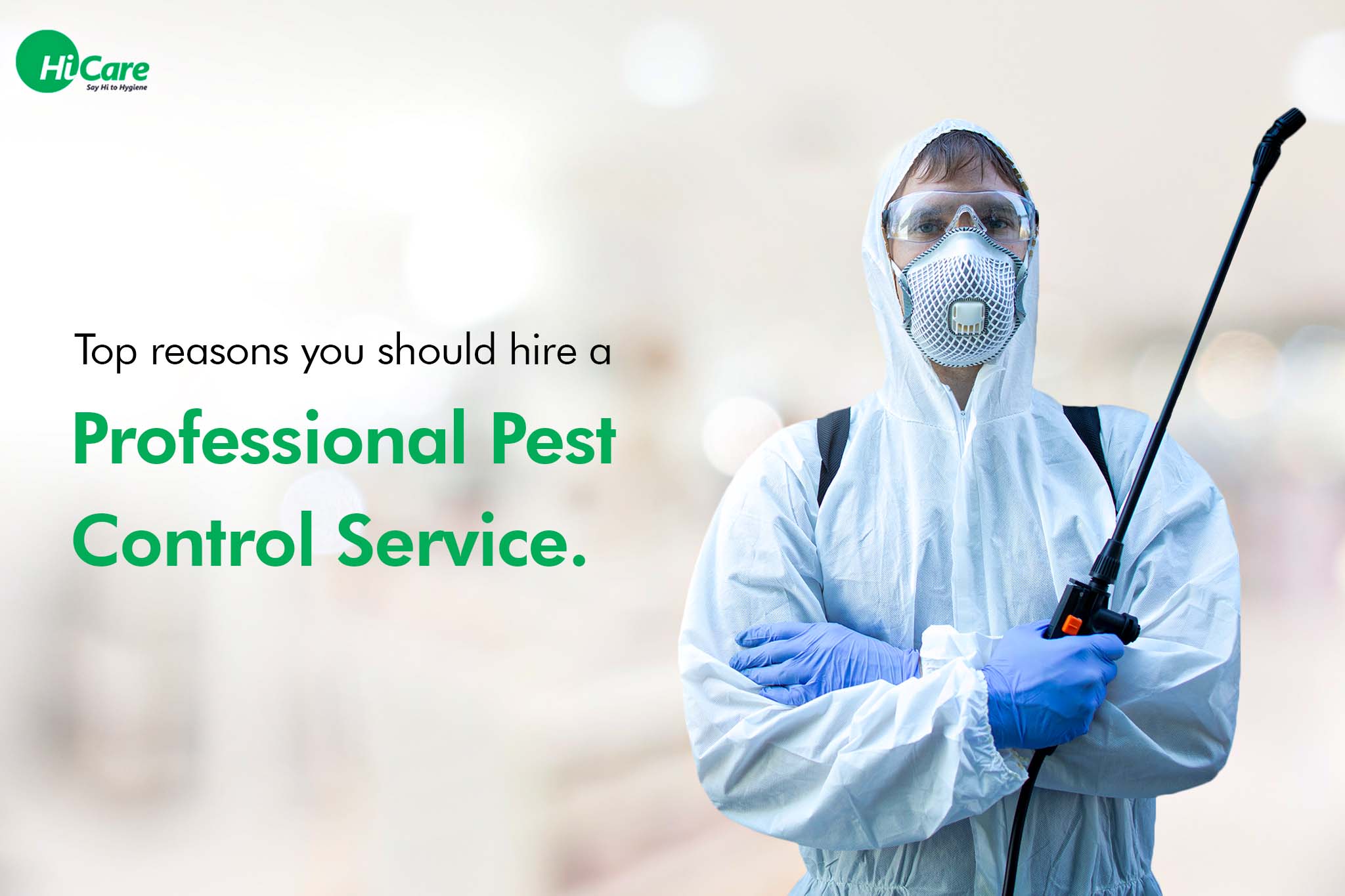Efficient A1 Bed Bug Treatment in Charlotte - Safe and Proven Methods
Efficient A1 Bed Bug Treatment in Charlotte - Safe and Proven Methods
Blog Article
Bed Insect Therapy Failure: Contrasting Chemical Vs. Non-Chemical Solutions
In the realm of bug control, particularly when taking care of the persistent problem of bed bugs, the choice between chemical and non-chemical treatment options can be a critical one. Both methods use unique benefits and disadvantages, affecting elements such as efficiency, safety considerations, and general price. By examining the nuanced details of each technique, a more clear understanding of which course to seek in resolving a bed pest infestation can be attained.
Performance of Chemical Treatments
Chemical therapies for bed pest infestations have been extensively identified for their quick and potent effectiveness in removing these insects. When thinking about the efficiency of chemical therapies, it is important to understand that they can offer a detailed and quick solution to a bed pest problem. Specialist pest control operators usually depend on insecticides to target bed bugs at various phases of their life cycle, consisting of nymphs, eggs, and adults. These chemicals normally work by interrupting the bed bugs' nerves, bring about paralysis and ultimate fatality.
Additionally, chemical therapies have the advantage of offering residual impacts, implying that they can continue to eliminate bed insects also after the initial application. This recurring action is particularly valuable in combating any type of possible re-infestations. In addition, the fast activity of chemical therapies can bring alleviation to people dealing with extreme bed pest invasions, permitting them to reclaim control of their living areas quickly.
Security Concerns With Chemical Solutions
When utilizing chemical remedies for bed pest therapy is making certain the safety of passengers and the atmosphere,One critical element that calls for cautious factor to consider. While chemical treatments can be reliable in getting rid of bed pests, they might posture threats if not dealt with properly. Among the key safety interest in chemical remedies is the prospective damage they can trigger to human health. Exposure to particular chemicals made use of in bed bug therapies can bring about breathing issues, skin inflammation, or other negative responses, particularly in individuals with pre-existing conditions or sensitivities. In addition, improper application or dosage of chemical pesticides can result in poisonous residues remaining in the cured location, posturing lasting health threats to residents.
In addition, the environmental impact of chemical remedies is another significant consideration. Some pesticides made use of in bed bug treatments may be damaging to useful insects, wild animals, and ecosystems if they leach into the dirt or water supply. It is important to make use of chemical therapies deliberately, complying with safety and security guidelines, and thinking about less toxic options to minimize Continued these risks and ensure the risk-free and effective administration of bed bug infestations.
Benefits of Non-Chemical Methods
Considering the possible safety issues and environmental effect related to chemical remedies for bed bug treatment, checking out non-chemical approaches offers an encouraging alternative with a number of unique benefits. Non-chemical approaches use a safer choice for houses, specifically those with youngsters, pet dogs, or people conscious harsh chemicals. These approaches get rid of the dangers of exposure to toxic substances, minimizing the potential for unfavorable health and wellness results. Additionally, non-chemical treatments are eco-friendly, as they do not add to air or water pollution, making them a sustainable option for parasite control.
In addition, non-chemical options can be efficient in targeting bed pests, including hard-to-reach areas where chemical treatments may not permeate - A1 bed bug treatment in charlotte. Approaches such as heat treatment, vacuuming, heavy steam cleaning, and mattress encasements supply complete eradication without the usage of unsafe chemicals.
Limitations of Non-Chemical Treatments

In addition, non-chemical therapies frequently call for multiple applications to accomplish effective removal. This can be taxing and might not constantly assure complete elimination of all bed insects and their eggs, especially in hard-to-reach or hidden areas.
Furthermore, the success of non-chemical therapies heavily relies upon look at this web-site correct execution and thoroughness, which can be testing for people without specialist expertise. Poor application of non-chemical methods may cause incomplete obliteration, bring about relentless invasions and the demand for extra treatments.
Consequently, while non-chemical therapies have their advantages, it is important to acknowledge these limitations and consider them when establishing the most effective strategy for managing bed insect invasions.
Price Comparison: Chemical Vs. Non-Chemical Options
Offered the constraints linked with non-chemical treatments, an essential element to examine in the context of bed insect administration is the expense contrast in between chemical and non-chemical options. In contrast, non-chemical therapies like heat therapy or steam can be a lot more costly, with expenses ranging from $1,000 to $6,000 for an entire home. While the preliminary cost of chemical treatments may seem reduced, multiple treatments might be called for to totally remove the problem, potentially raising the general expense.
Final Thought

Considering the prospective safety and security issues and environmental effect associated with chemical services for bed bug treatment, discovering non-chemical techniques presents a promising alternative with several distinctive benefits.Given the constraints associated with non-chemical therapies, a vital facet to examine in the context of bed bug administration is the cost contrast in between chemical and non-chemical options. In comparison, non-chemical therapies like warm treatment or vapor can be much more pricey, with expenses ranging from $1,000 to $6,000 for an entire home. While the preliminary price of chemical therapies might appear lower, multiple treatments may be required to totally eradicate the problem, potentially boosting the total expense.In conclusion, when moved here contrasting chemical and non-chemical bed pest therapy choices, it is essential to take into consideration performance, security, advantages, limitations, and cost.
Report this page